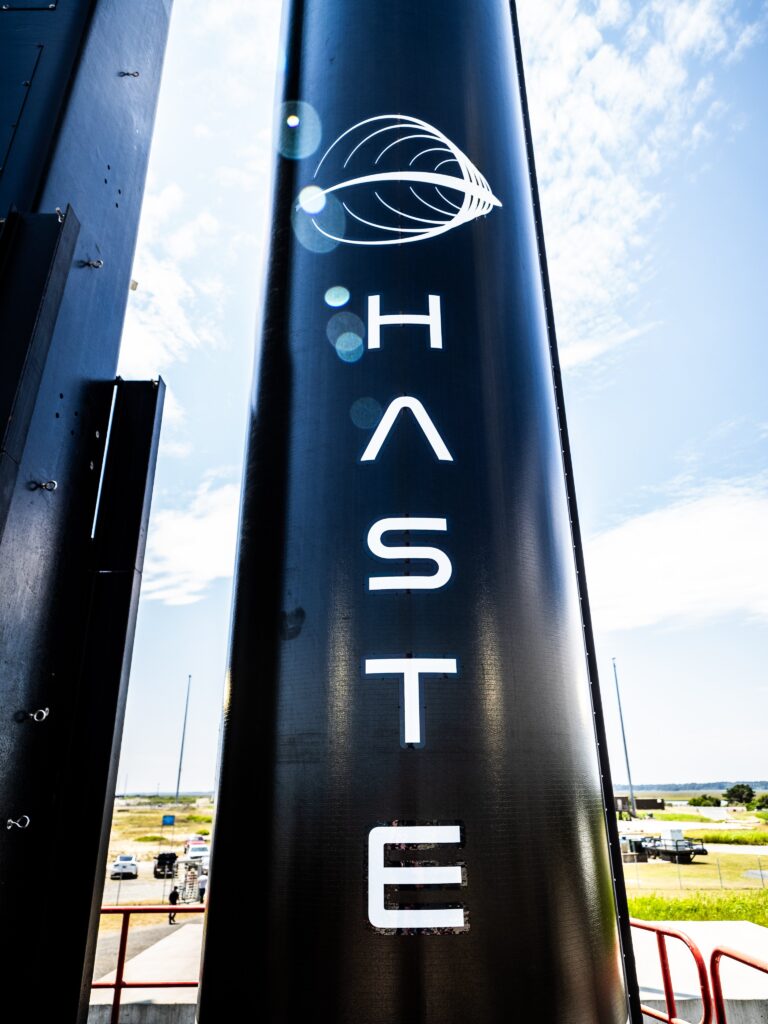11.11.2023

WASHINGTON — Rocket Lab announced a new mission for its suborbital launch vehicle — a 3D-printed hypersonic drone built by Australia’s Hypersonix for the U.S. Defense Department.
The mission, projected for early 2025, is funded by DoD’s Defense Innovation Unit. DIU, based in Silicon Valley, works with commercial space companies to help fill military technology needs. The suborbital mission awarded to Rocket Lab is part of DIU’s HyCat project, short for hypersonic and high-cadence testing capabilities.
“Commercial companies are forging ahead towards reusable and low-cost test vehicles,” DIU said. China and Russia are actively developing hypersonic weapons technology and the Pentagon is trying to stay ahead. DoD today has limited options to test hypersonic missiles on land and sea-based test ranges, said DIU, and using commercial suborbital launch vehicles should help DoD mature hypersonics technology.

Hypersonic missiles can travel at more than five times the speed of sound and maneuver during flight. Mach 1 is the speed of sound, which is about 767 miles per hour at sea level.
Rocket Lab specializes in orbital missions but has positioned itself to meet the Pentagon’s demand for suborbital testing of hypersonic vehicles. It designed a suborbital version of its small Electron rocket called HASTE, short for Hypersonic Accelerator Suborbital Test Electron.
The first HASTE mission for the defense contractor Leidos launched in June from Rocket Lab’s Launch Complex 2 in Wallops Island, Virginia. Rocket Lab said Leidos has since booked four more HASTE missions to launch in 2024 and 2025.
In a Nov. 8 news release, Rocket Lab said DIU’s mission is the seventh on its suborbital launch manifest.
DIU’s payload will be scramjet-powered hypersonic vehicle made by the Australian company Hypersonix. The 660-pound drone is about 9.8-foot-long and has a 3D-printed airframe.
“The HyCat mission will demonstrate HASTE’s ‘direct inject’ capability by deploying the Hypersonix payload during ascent, while still within Earth’s atmosphere,” said Rocket Lab.
DIU issued its first HyCat solicitation in September 2022. In addition to Hypersonix and Rocket Lab, it also selected Fenix Space, a California-based startup developing a reusable tow-launch platform.
Quelle: SN
